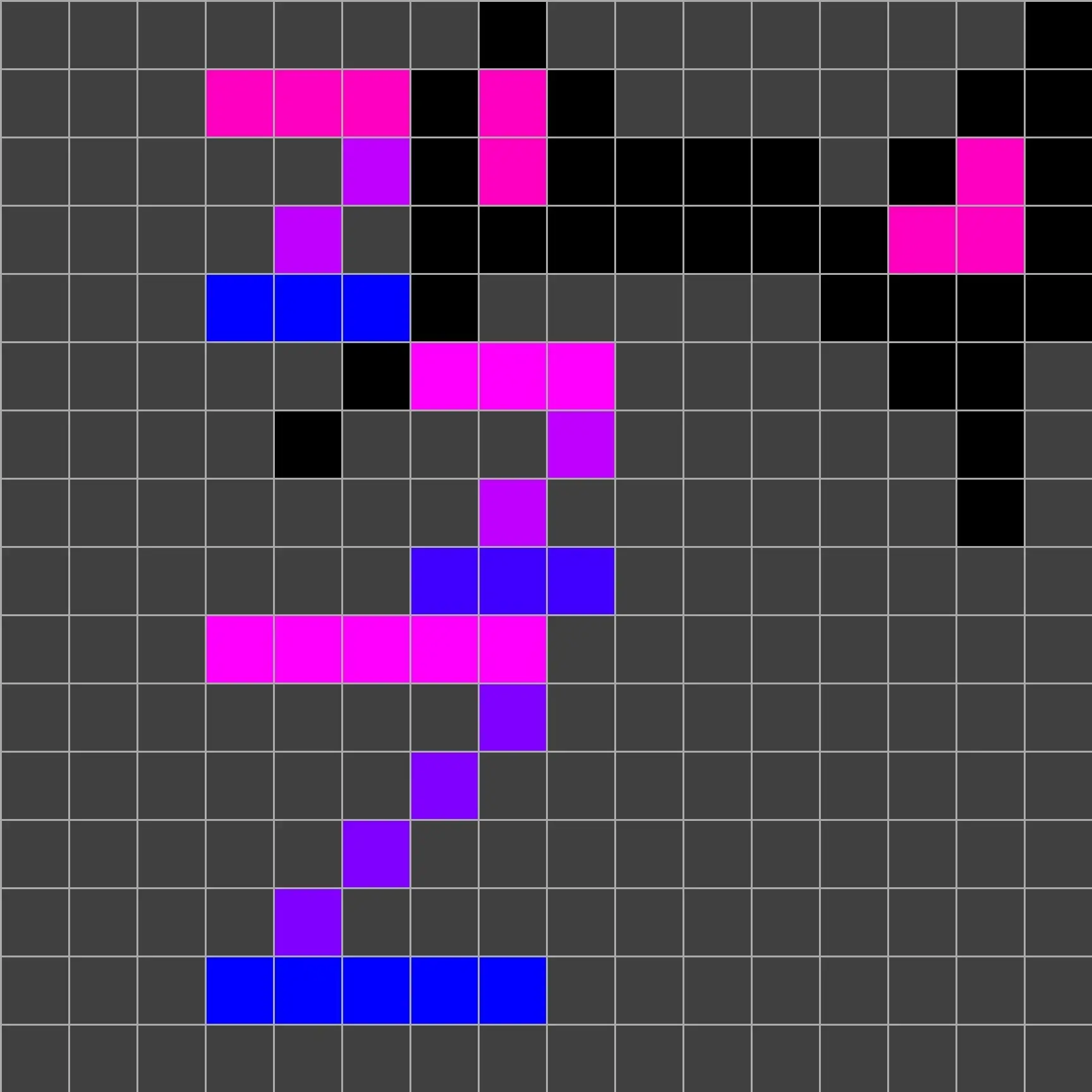What if charging your phone took less time than brushing your teeth? A new study published in Proceedings of the National Academy of Sciences could very well hold the key to a next-gen charger capable of recharging your phone in just 60 seconds.
Researchers from the University of Colorado Boulder have discovered a new cutting-edge technique that could make it possible to charge devices almost instantaneously. This would make charging phones, laptops, and even electric cars much more efficient and convenient. The foundation of the new technique is based on new insights into how ions move through supercapacitors.
The key, one of the researchers explains in a press release, is to make the movement of the ions more efficient. By doing this we can make the charging and release of energy much faster, allowing for that next-gen charger that is capable of boosting your phone’s charge from 0 to 100 in just a minute, or maybe even less.
To make this discovery, the researchers looked at the movement of ions through a complex network of interconnected pores running through the supercapacitor. Their findings have helped modify a scientific law that researchers have used to govern electrical currents for more than 175 years. This law, called the Kirchhoff circuit law, describes the flow of electrons in a simple loop of wiring in most classes.
However, when inspecting the ions and their movement, the researchers found that the ions move fundamentally differently at the intersections of tiny nanoscale pores when compared to how electrons move near the same locations. Further observations helped them determine that these movements are different from what Kirchhoff’s law describes. This doesn’t completely throw out the old laws, though, as they still provide valid explanations for how electronics flow within conventional electronic circuits.
However, to create a next-gen charger capable of taking full advantage of the movements of the ions, we have to look at things different. This, the researchers say, is “the missing link” that they have been looking for. Creating more efficient energy storage has been a long-term goal for many engineers.
We’ve seen water-based batteries capable of storing more than traditional lithium-ion batteries. Still, a method that lets us charge our batteries almost instantly would remove a lot of the hindrances surrounding the wider adoption of things like electric cars. Not to mention how much more convenient a next-gen character would make charging laptops, phones, and other electronic devices.
That is another matter altogether. Apple has that feature that limits the charge to 80%. Easily done. In fact, as we move to AI, we can create much more intelligent charging schemes that can be tailored to the user.
But when it comes to actual charge times, obviously less is better. Not sure why anyone in their right mind would get upset over lower times and claim that things are fine now. It’s like fighting against electricity because you love your typewriter.
Thing we’re unnecessarily shoehorning AI into #2985490385343: Charging a battery
Yea, tho, with fast charging like this. My single 33w charger already makes devices hot, this could cause that too
If it doesn’t come at the expense of battery wear, then sure, lower charge time is just better. But that would make phone batteries the only batteries that don’t get excessively stressed when fast charging. Yeah, phone manufacturers generally claim that fast charging is perfectly fine for the battery, but I’m not sure I believe them too much when battery degradation is one of the main reasons people buy new phones.
I have no clue how other manufacturers do it (so for all I know they could all be doing it right and actually use slow charging), but Google has a terrible implementation of battery conservation - Pixels just fast charge to 80%, then wait until some specific time before the alarm, then fast charge the rest. Compare that to a crappy Lenovo IdeaPad laptop I have that has a battery conservation feature that sets a charge limit AND a power limit (60% with 25W charging), because it wouldn’t make sense to limit the charge and still use full 65W for charging.
Android already does that, no AI required. Some fairly simple math is enough.
The device first charges to 80% and holds there. It also calculates how long it will need to charge from there to full and when it will need to resume charging so that it will hit 100% just before the next alarm goes off. Then it does that.






